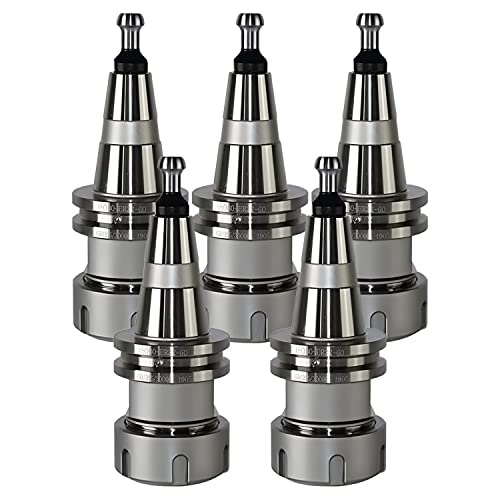- Joined
- Jun 4, 2008
- Messages
- 3,294
- Reaction score
- 636
I like the bandsaw method of verifying a mathematical formula. ;D
Assuming that the bottom is completely covered, then I believe a dipstick measurement in the center of the cylinder would give the same value for any angle of tilt.
Assuming that the bottom is completely covered, then I believe a dipstick measurement in the center of the cylinder would give the same value for any angle of tilt.


















![MeshMagic 3D Free 3D Modeling Software [Download]](https://m.media-amazon.com/images/I/B1U+p8ewjGS._SL500_.png)
![TurboCAD 2020 Designer [PC Download]](https://m.media-amazon.com/images/I/51UKfAHH1LL._SL500_.jpg)











































![DreamPlan Home Design and Landscaping Software Free for Windows [PC Download]](https://m.media-amazon.com/images/I/51kvZH2dVLL._SL500_.jpg)







